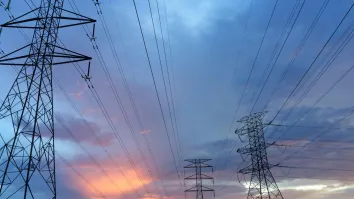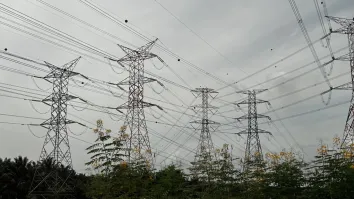
Fossil power exceeds peak use for half of the world
Emissions from 107 power sectors fell by nearly 20%.
Half of the economies around the world have surpassed the peak in power generation from fossil fuels for at least five years, with 107 power sectors falling to an estimated 20% for the last decade.
According to a report by Ember, 38% of the global electricity demand came from those major power sectors or economies where they are one year past the peak in fossil power. That sets a precedent for the eventual decrease in global emissions from fossil fuels.
In addition, 78 post-peak economies have started a five-year transition from fossil power to clean energy. A total of 45 of these markets have done so amidst the rising overall generation due to electricity demand.
Regions in the EU, Oceania and North America have witnessed fossil power peaks, with generation in decline by 30%, 20% and 15%, respectively. Africa, meanwhile, has seen fossil power remain stagnant, alongside Latin America and the Caribbean.
ALSO READ: Taiwan’s green energy subsidies project reduced 380,000 tons of carbon emissions
The case varies in Asia and the Middle East. However, Vietnam has lessened its fossil generation by 16%, and Jordan and the UAE have both nearly achieved peak fossil generation.
With this trajectory, 2023 may be the first year to experience a sharp decline in global emissions from the power sector if the growth of clean power continues. This is proven by the adverse hydro conditions in the first half of 2023.
Whether or not the course continues, the power sector will need robust action to ensure a steady transition to a clean economy. Gradual deployment of wind and solar power by 40% can change the paradigm and triple renewable capacity by 2030.



















 Advertise
Advertise







